7 Common Houseplants That Actually Don’t Belong in the Home

Houseplants are a popular choice for adding greenery and a touch of nature to our indoor spaces. However, not all plants are suitable for home environments.
Some houseplants can be surprisingly problematic due to their care requirements, potential toxicity, or invasive nature.
Here’s a look at some common houseplants that might not be the best choice for your home, and which plants you should swap them out for instead:
Table of contents
Disclaimer: Redesign may receive a small affiliate commission from purchases made via links in this article but at no cost to you.
1. Dieffenbachia (Dumb Cane)
Dieffenbachia, often called Dumb Cane due to its toxicity, is a popular houseplant known for its lush, broad leaves. However, it contains calcium oxalate crystals that can cause severe irritation to the mouth, throat, and digestive tract if ingested. This makes it a risky choice for households with small children or pets. Additionally, Dieffenbachia requires high humidity and consistent watering, which can be challenging to maintain indoors.
Alternative
Opt for the non-toxic Spider Plant for its easy care and safe nature.
Shop Succulents Spider Plant, Hanging Live Indoor Plant
2. Philodendron
Philodendrons are commonly found in homes due to their attractive foliage and easy care. However, they are also toxic if ingested, posing a risk to children and pets. The plant’s sap can cause skin irritation as well. While it thrives in various indoor conditions, the potential health risks make it less ideal for homes with young children or curious pets.
Alternative
Consider ZZ Plant for its attractive appearance and pet-friendly qualities.
Costa Farms ZZ Live Indoor Tabletop Plant
3. Oleander
Oleander is a beautiful, flowering plant often seen in gardens, but it’s best avoided as a houseplant. Every part of the Oleander plant is highly toxic if ingested, including the leaves, flowers, and stems. Its toxicity can lead to serious health issues, including heart problems and gastrointestinal distress. For this reason, it’s safer to admire Oleander from a distance, such as in outdoor landscapes, rather than bringing it indoors.
Alternative
Choose Geranium for a colorful, non-toxic option that thrives indoors.
20+ Mixed Geranium Flower Seeds
4. Pothos
Pothos, or Devil’s Ivy, is renowned for its resilience and attractive trailing vines. However, it contains calcium oxalate crystals, making it toxic to both pets and humans. Ingestion can result in oral irritation, vomiting, and difficulty swallowing. Although Pothos is low-maintenance and can thrive in various light conditions, its toxicity is a significant downside for households with animals or young children.
Alternative
Try Boston Fern for lush greenery that is safe for pets and children.
Costa Farms Boston Fern Live Plant
5. Rubber Plant (Ficus elastica)
Rubber Plants are popular for their striking, glossy leaves and ease of care. However, they can be problematic in homes with pets due to their latex content, which can cause allergic reactions or gastrointestinal issues if ingested. Additionally, Rubber Plants can grow quite large and may require frequent pruning to keep them manageable indoors.
Alternative
Select the Areca Palm for a similar tropical feel without the potential latex issues.
American Plant Exchange Areca Palm Indoor/Outdoor Air Purifier Live Plant
6. Sago Palm
The Sago Palm is a decorative plant with a tropical feel that many people choose for their homes and gardens. However, it is extremely toxic to both pets and humans. Every part of the Sago Palm, including the seeds, leaves, and stems, contains cycasin, a compound that can cause severe liver damage and even death if ingested. This makes it a particularly hazardous choice for indoor environments.
Alternative
Go for the Parlor Palm as a safe, low-maintenance alternative with a similar aesthetic.
Costa Farms Neanthebella Parlor Palm Live Indoor Plant 12-Inches Tall
7. Jade Plant
Jade Plants, with their thick, succulent leaves, are often thought of as lucky and low-maintenance houseplants. However, they can be toxic to pets, causing vomiting and lethargy if consumed. Their robust nature and slow growth can be appealing, but the potential health risks for animals may outweigh these benefits.
Alternative
Consider the Haworthia for a compact, non-toxic succulent that’s safe for pets.
Costa Farms Haworthia Succulent, Easy to Grow Live Plant
Conclusion
While many houseplants can enhance the beauty of your indoor space, it's crucial to consider the potential risks they pose.
Toxicity to pets and children, along with specific care requirements, can make certain plants less suitable for home environments.
When selecting houseplants, opt for species that are safe and well-suited to your living conditions to ensure a healthy and harmonious home.
















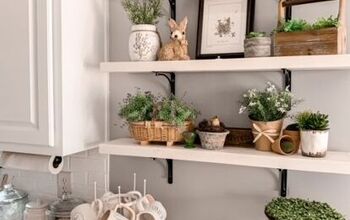
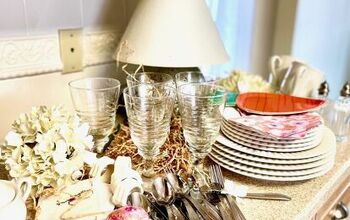

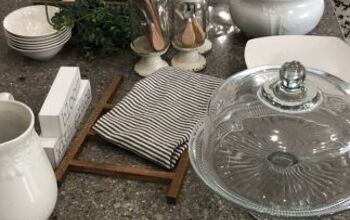




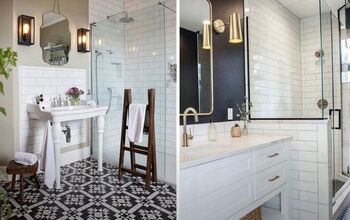


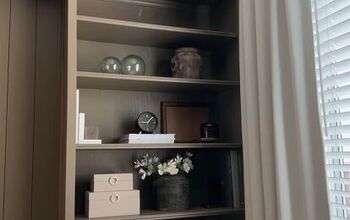



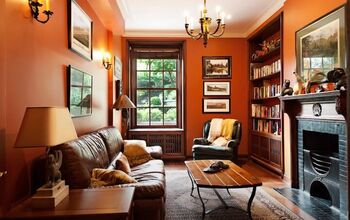
Comments
Join the conversation